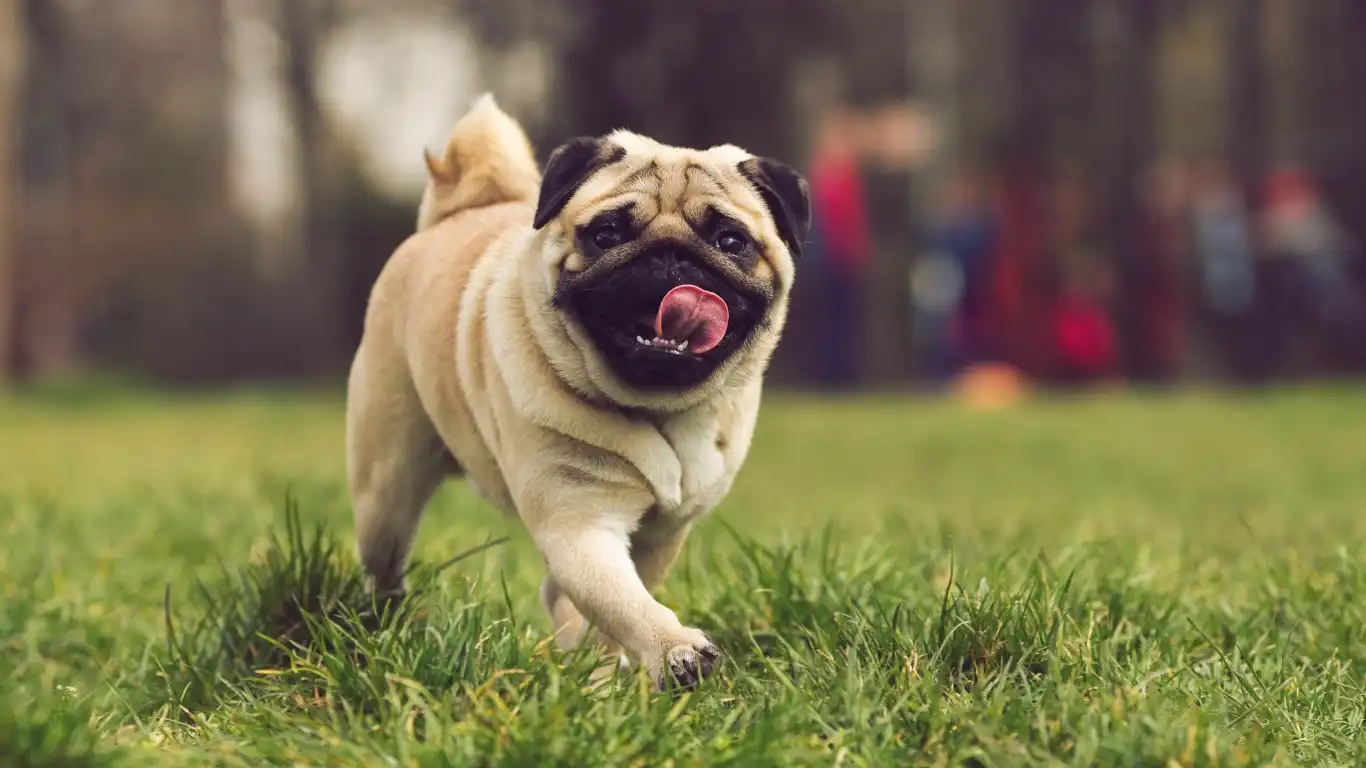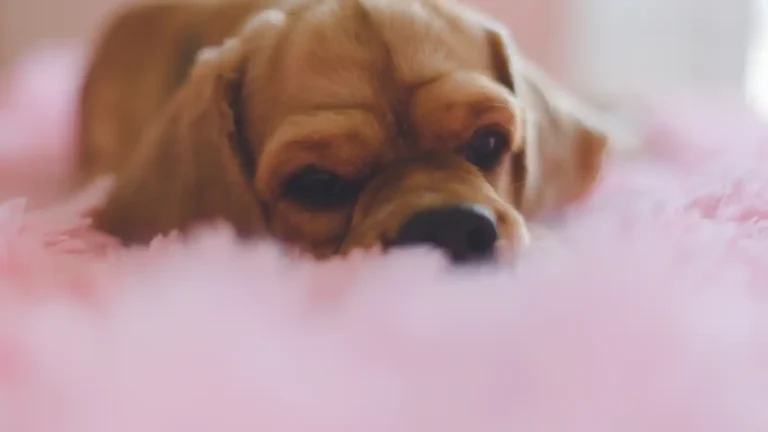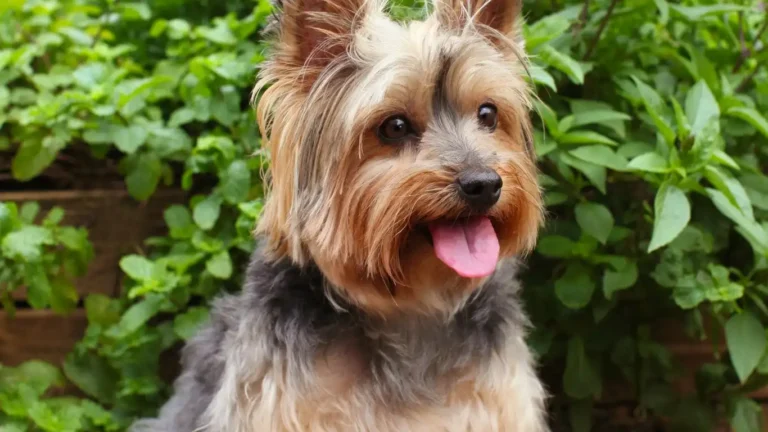How to care for your dog after dental cleaning the right way
Imagine this: your pup just got back from the vet, tail wagging a little slower than usual. You were told everything went well during the dental cleaning, but now you’re left wondering—what next? Just like us after a trip to the dentist, dogs need a little TLC after their teeth have been professionally cleaned.
Dental health is a big deal for dogs. In fact, according to the American Veterinary Medical Association (AVMA), most dogs show signs of periodontal disease by the age of three. Regular dental cleanings are essential, but recovery care is just as important to keep those pearly whites healthy—and your pup feeling good.
Why Dental Cleanings Matter
Dental cleanings help remove plaque, tartar, and bacteria from your dog’s teeth and gums. If left unchecked, these can cause gum disease, tooth loss, and even problems with the heart, liver, or kidneys. Cleanings usually require anesthesia to let vets do a deep clean safely and thoroughly.
After the procedure, your dog might experience some mild discomfort, grogginess from anesthesia, or temporary changes in appetite. That’s where you come in—with the right care, you can help your pup bounce back quickly and keep their mouth healthy long-term.
Best Practices for Post-Dental Cleaning Care
-
1. Offer Soft Foods for a Few Days
Your dog’s mouth might be a little sore after a cleaning—especially if they had any extractions. Switch to soft, easy-to-chew food for about 3 to 5 days. Canned dog food or softened kibble (by adding warm water or low-sodium broth) can help reduce discomfort.
Tip: Make gradual transitions back to regular food once your vet gives the green light. -
2. Keep an Eye on Behavior
Lethargy, drooling, or whining can be normal after anesthesia—but anything that lasts longer than 24 hours warrants a call to your vet. Watch for signs like bleeding, swelling, or refusal to eat, which could signal a complication.
Tip: Take note of changes in your dog’s breath or drooling patterns—they can be subtle clues about healing progress. -
3. Avoid Hard Chews or Toys
Skip the bones, antlers, or hard toys for at least a week. Chewing on hard items too soon can damage healing gums or loosen newly cleaned teeth.
Tip: Try plush or rubber toys for gentler chewing options during recovery. -
4. Stick to Prescribed Medications
If your vet prescribed antibiotics or pain meds, it’s crucial to complete the course—even if your dog seems fine. Stopping early can lead to infection or pain returning.
Expert Insight: Dr. Lori Teller, a veterinarian at Texas A&M University, reminds pet owners that “even small amounts of untreated dental bacteria can lead to bigger health problems down the line.” -
5. Gently Clean the Mouth (If Recommended)
Your vet may advise holding off on brushing for a few days, especially if teeth were pulled. But after healing begins, slowly reintroduce gentle brushing with a soft-bristled pet toothbrush and vet-approved toothpaste.
Tip: Finger brushes can make things easier, especially for smaller dogs or those sensitive to brushing. -
6. Keep Up With Follow-Ups
A post-cleaning check-in can help catch issues early and gives your vet a chance to monitor healing. Don’t skip it—even if your dog seems totally back to normal.
Tip: Set a reminder or calendar alert so it doesn’t fall through the cracks. -
7. Stay Calm and Give Comfort
Dogs often mirror our emotions. Offer quiet time, soft bedding, and gentle affection. This helps them feel safe and recover with less stress.
Tip: Avoid overly stimulating environments for a few days—think calm music and low-key walks instead of dog park adventures.
Extra Tips for Better Dental Recovery
-
Try Dog-Safe Dental Gels
These can help reduce bacteria and freshen breath while brushing isn’t an option. Always check that the product is vet-approved and free from xylitol. -
Consider a Water Additive
Some pet-safe water additives contain enzymes or antimicrobials that support oral health. Just a splash in the water bowl can go a long way—but ask your vet before introducing anything new. -
Look Into Dental Diets
Certain prescription diets like Hill’s t/d or Royal Canin Dental are designed to mechanically clean teeth as your dog chews. These can be a helpful addition to your long-term plan. -
Offer Frozen Treats for Gum Soothing
If your vet approves, frozen pumpkin or bone broth in silicone molds can provide relief and hydration. Just avoid anything too hard or sweetened. -
Check for Hidden Sugar in Treats
Sugar can feed oral bacteria, so double-check the ingredient lists on dental treats or chews—even if they say “natural.” Look for vet-approved brands with the VOHC (Veterinary Oral Health Council) seal.
Final Thoughts: Every Dog Is Different
Caring for your dog after dental cleaning doesn’t have to be complicated—it’s really about being gentle, observant, and proactive. Follow your vet’s instructions, watch your pup’s behavior, and don’t hesitate to ask questions. Whether your dog is bouncing back in a day or needs a little more time, your loving attention makes all the difference.
And remember: just like humans, dogs benefit from routine dental care. Cleanings are only one part of the picture. With the right follow-up care and at-home habits, you’re setting your furry friend up for a healthier, happier life—with fewer vet visits and fresher kisses.
As always, speak to your veterinarian about any specific concerns or symptoms after your dog’s dental procedure. No two dogs are the same, and your vet knows your pup best.





